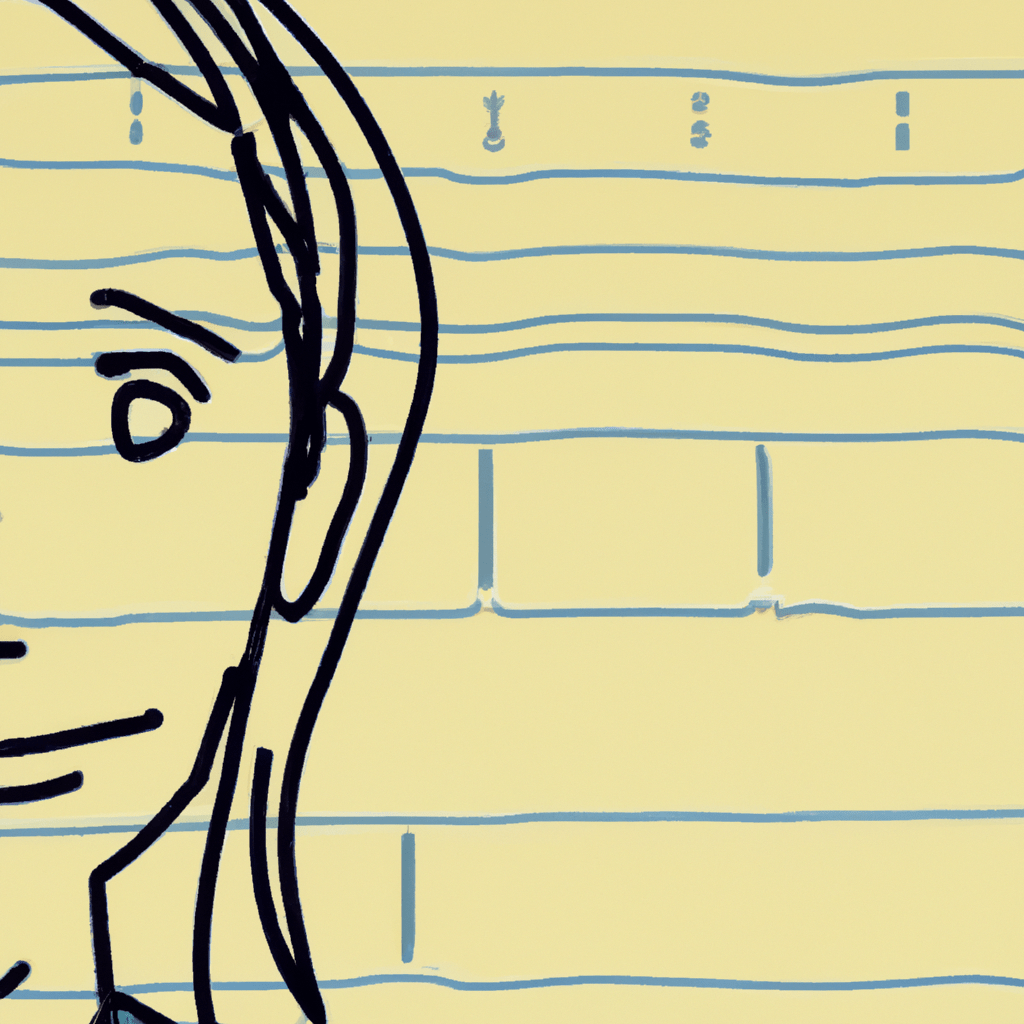
Illustrating for Comic Books and Graphic Novels: Telling Visual Stories

Comic books and graphic novels have captivated readers for decades with their unique blend of storytelling and visual art. The illustrations in these mediums play a crucial role in conveying the narrative, setting the tone, and engaging the audience. In this article, we will explore the art of illustrating for comic books and graphic novels, examining the techniques, challenges, and impact of visual storytelling.
The Power of Visual Storytelling
Visual storytelling is a powerful tool that allows creators to communicate complex ideas, emotions, and narratives through images. In comic books and graphic novels, illustrations serve as the primary means of storytelling, working in tandem with the text to create a cohesive and immersive experience for the reader.
One of the key advantages of visual storytelling is its ability to transcend language barriers. Unlike traditional novels, which rely solely on written words, comic books and graphic novels can be understood and appreciated by people from different cultures and backgrounds. The universal language of visuals enables creators to reach a wider audience and convey their stories in a more accessible and inclusive manner.
The Role of Illustrations in Comic Books and Graphic Novels
Illustrations in comic books and graphic novels serve multiple purposes, including:
- Conveying the narrative: Illustrations are the primary means of storytelling in these mediums. They depict the characters, settings, and events, allowing readers to follow the story visually.
- Setting the tone and atmosphere: Through the use of color, composition, and style, illustrations establish the mood and atmosphere of the story. Whether it’s a dark and gritty superhero tale or a whimsical fantasy adventure, the illustrations play a crucial role in immersing the reader in the world of the story.
- Expressing emotions: Illustrations have the power to evoke emotions in readers. The facial expressions, body language, and visual cues in the artwork can convey a wide range of emotions, from joy and excitement to sadness and fear.
- Enhancing the pacing: The layout and composition of illustrations can influence the pacing of the story. By using techniques such as panel size, placement, and sequencing, illustrators can control the flow of the narrative, creating tension, suspense, or a sense of urgency.
Techniques and Challenges in Illustrating for Comic Books and Graphic Novels
Illustrating for comic books and graphic novels requires a unique set of skills and techniques. Here are some key aspects to consider:
Character Design
Creating compelling and visually distinct characters is essential in comic book and graphic novel illustration. Characters should be visually appealing, easily recognizable, and able to convey their personality and emotions through their design. A well-designed character can become an iconic symbol of the story and resonate with readers long after they finish reading.
Panel Layout
The layout of panels on a page is crucial in guiding the reader’s eye and controlling the flow of the story. The arrangement of panels can create a sense of rhythm, emphasize important moments, or establish a visual hierarchy. Experimenting with different panel layouts can add visual interest and enhance the storytelling experience.
Composition and Perspective
Composition and perspective play a vital role in creating dynamic and visually engaging illustrations. By carefully arranging the elements within a panel, illustrators can direct the viewer’s attention, create depth and dimension, and add a sense of movement to the artwork. Understanding the principles of composition and perspective is essential for creating visually compelling illustrations.
Color and Lighting
Color and lighting choices can greatly impact the mood and atmosphere of a comic book or graphic novel. The use of color palettes and lighting techniques can evoke specific emotions, differentiate between different settings or time periods, and enhance the overall visual appeal of the illustrations. Experimenting with different color schemes and lighting setups can help create a unique visual style for the story.
Storytelling through Panels
The arrangement and sequencing of panels are crucial in conveying the narrative effectively. Each panel should contribute to the overall story, whether it’s through advancing the plot, revealing character development, or building suspense. The use of panel transitions, such as scene-to-scene, action-to-action, or moment-to-moment, can influence the pacing and impact of the story.
Collaboration with Writers
Illustrators often collaborate closely with writers to bring their vision to life. Understanding the writer’s intentions, themes, and narrative structure is essential in creating illustrations that align with the story. Effective communication and collaboration between the writer and illustrator are key to producing a cohesive and visually compelling comic book or graphic novel.
Case Studies: Successful Illustrators in Comic Books and Graphic Novels
Examining the work of successful illustrators can provide valuable insights into the craft. Here are two case studies of renowned illustrators in the comic book and graphic novel industry:
1. Alex Ross
Alex Ross is widely regarded as one of the most talented and influential illustrators in the comic book industry. His realistic and highly detailed paintings have graced the pages of numerous iconic comic book series, including “Kingdom Come” and “Marvels.” Ross’s illustrations are known for their cinematic quality, capturing the essence of the characters and bringing them to life in a way that resonates with readers.
2. Fiona Staples
Fiona Staples is a critically acclaimed illustrator known for her work on the award-winning series “Saga.” Her unique art style combines vibrant colors, intricate details, and expressive character designs. Staples’s illustrations effectively convey the emotional depth of the story, creating a visually stunning and immersive experience for readers.
The Impact of Visual Storytelling
Comic books and graphic novels have had a significant impact on popular culture and the entertainment industry. The visual storytelling techniques employed in these mediums have influenced other forms of media, including films, television shows, and video games. The success of comic book adaptations in the film industry, such as the Marvel Cinematic Universe, demonstrates the enduring appeal and power of visual storytelling.
Furthermore, comic books and graphic novels have been recognized as valuable educational tools. They can be used to teach complex subjects, promote literacy, and engage reluctant readers. The combination of visuals and text in these mediums enhances comprehension and retention, making them effective educational resources.
Summary
Illustrating for comic books and graphic novels is a unique art form that combines storytelling and visual art. The illustrations in these mediums play a crucial role in conveying the narrative, setting the tone, and engaging the audience. Visual storytelling transcends language barriers, making comic books and graphic novels accessible to a wide range of readers.</p
